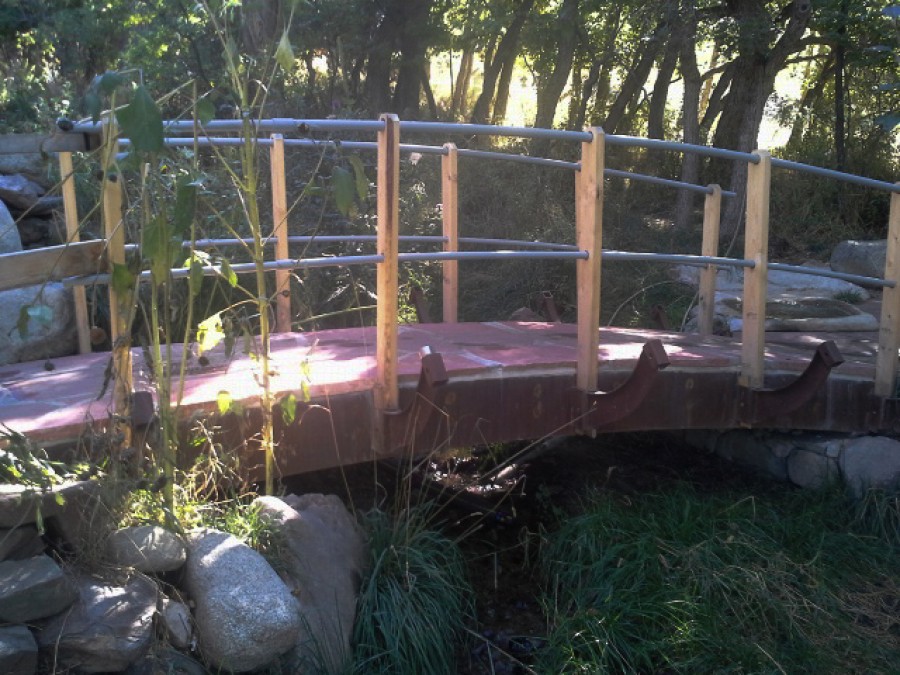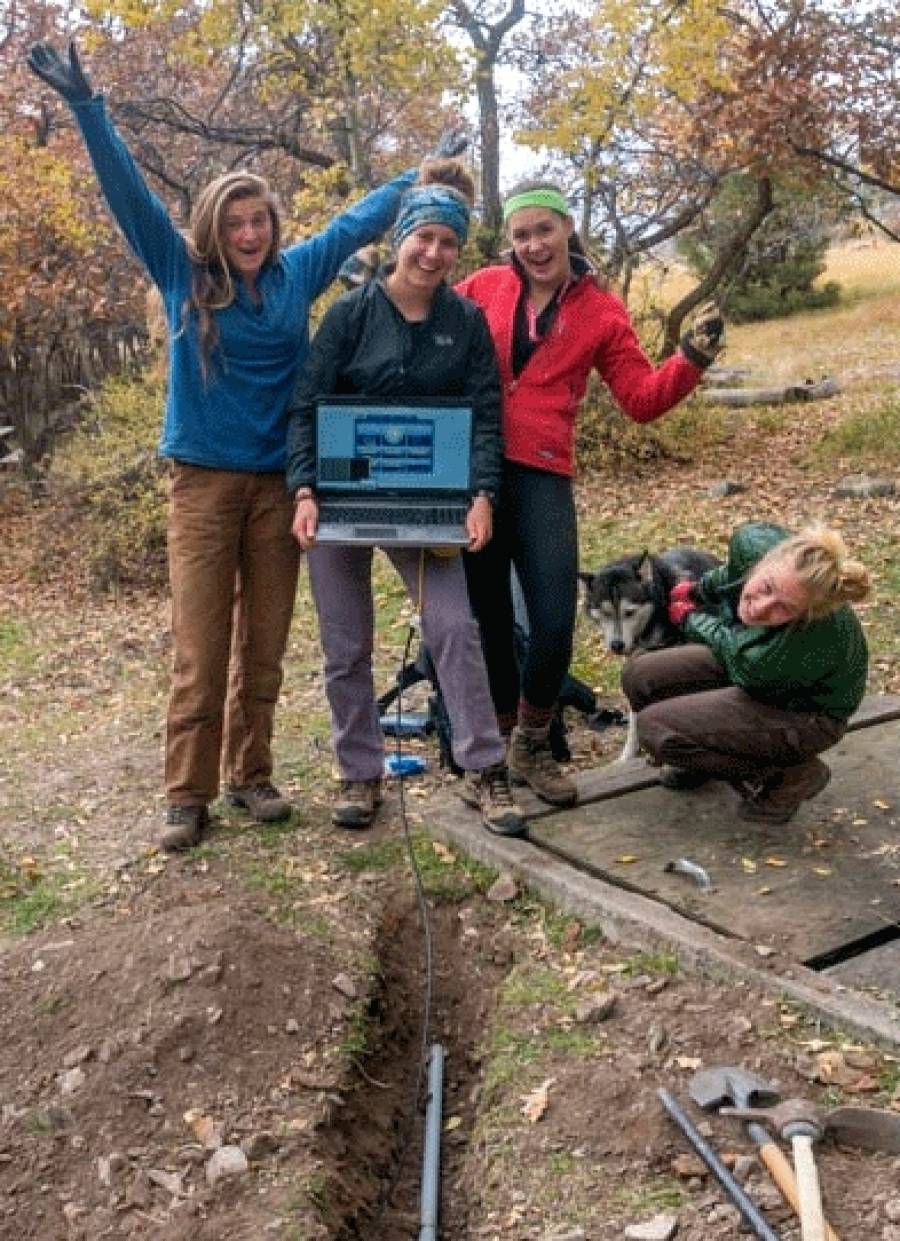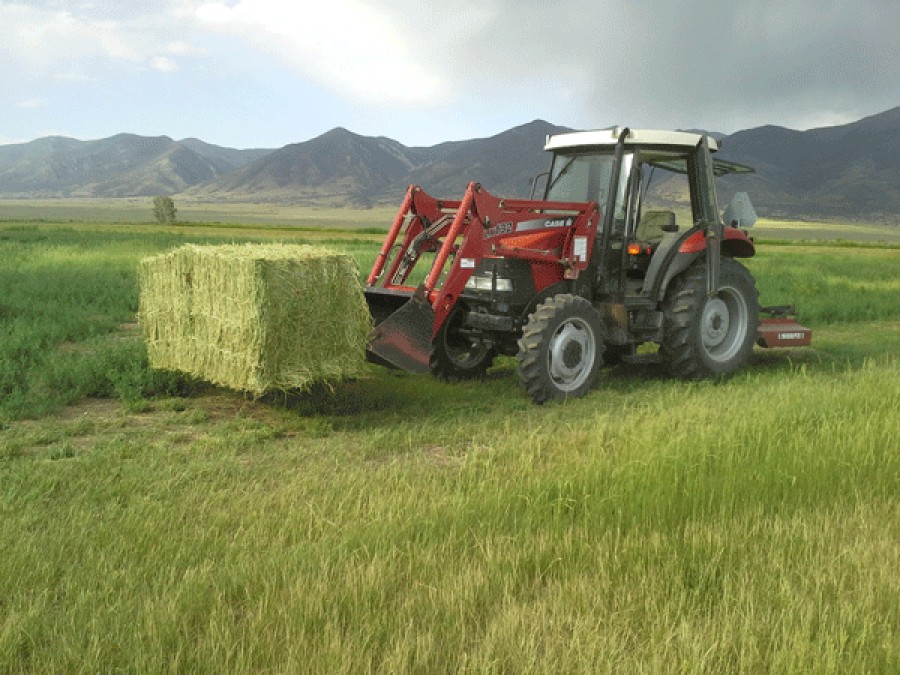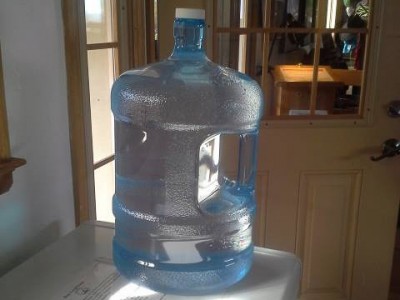We were informed on 7/27/17 that our monthly drinking water test has come back positive for E.Coli and Total Coliform Bacteria. Bacterial contamination can occur when increased run-off enters the drinking water source. The state of Colorado has ordered a boil order.
July has been a very wet month here and we believe this is what is causing the problem. This affects our drinking water spring only, not the pools or ponds.
We are providing commercial water to fill your water bottles and encourage everyone to bring water with them.
If you have questions or concerns please give us a call at 719-256-4315.
Below is a copy of the boil order:
DRINKING WATER WARNING
Valley View Hot Springs (PWSID CO0255850)
BOIL YOUR WATER BEFORE USING
Hiervan el Agua Antes de Usarla
E. coli and total coliform bacteria with no chlorine residual were found in the water supply between 07/24/2017 and 07/29/2017. These bacteria can make you sick, and are a particular concern for people with weakened immune systems.
Bacterial contamination can occur when increased run-off enters the drinking water source (for example, following heavy rains). It can also happen due to a break in the distribution system (pipes) or a failure in the water treatment process.
What does this mean? What should I do?
o DO NOT DRINK THE WATER WITHOUT BOILING IT FIRST. Bring all water to a boil, let it boil for one (1) minutes, and let it cool before using, or use bottled water. Boiled or bottled water should be used for drinking, making ice, brushing teeth, washing dishes, and food preparation until further notice. Boiling kills bacteria and other organisms in the water.
o E. coli are bacteria whose presence indicates that the water may be contaminated with human or animal wastes. Microbes in these wastes can cause short-term effects, such as diarrhea, cramps, nausea, headaches, or other symptoms. They may pose a special health risk for infants, young children, some of the elderly and people with severely compromised immune systems. The symptoms above are not caused only by organisms in drinking water. If you experience any of these symptoms and they persist, you may want to seek medical advice.
o If you have an infant, severely compromised immune system, are pregnant, or are elderly, you may be at increased risk and should seek advice from your doctor about drinking this water. General guidelines on ways to lessen the risk of infection by bacteria and other disease-causing organisms are available from EPA’s Safe Drinking Water Hotline at 1-800-426-4791.
What is being done?
o We will inform you when tests show no bacteria and you no longer need to boil your water.
o We are providing commercial safe drinking water and following all recommendations and state mandates.
We anticipate resolving the problem by as soon as possible. For more information, please contact OLT’s Facility Manager Mark Jacobi at or 719-298-0660.
*Please share this information with all the other people who drink this water, especially those who may not have received this notice directly (for example, people in apartments, nursing homes, schools, and businesses). You can do this by posting this notice in a public place or distributing copies by hand or mail.*
Este informe contiene información muy importante sobre su agua potable. Tradúzcalo o hable con alguien que lo entienda bien.
This notice is being sent to you by the Valley View Hot Springs
Colorado Public Water System ID#: CO0255850
Date distributed: 7/27/2017
Generic Flushing and Sanitization Procedure for the Distribution System
The flushing and sanitizing of a drinking water system begins at the treatment plant and proceeds systematically outward to all ends of the distribution system. Proper flushing, sanitation, and bacteriological testing are required prior to lifting a boil-water advisory.
1. The first step is to increase the disinfectant (chlorine) level leaving the properly operating treatment plant, and entering the distribution system, to between 3 and 4 mg/l (free chlorine).
2. The next step is to systematically begin flushing from the entry point of the distribution system outwards to all ends of the distribution system. Adequate flushing can be easily verified by measuring for the increased disinfectant residual at each flushing point.
3. After flushing, the disinfectant (chlorine) residual level is returned to the normal operating range and the system is once again flushed until the disinfectant (chlorine) level at the system’s furthest tap is within the normal operating range, generally greater than 0.2 mg/l but less than 2.0 mg/l free chlorine.
4. Once the quality of finished water has stabilized throughout the distribution system, microbiological samples (Standard Coliform Test) must be collected at representative locations, (minimum of 3 to 10 sample points), in the distribution system, including all ends of the system. Disinfectant (chlorine) levels in the sampled water must also be measured at the same time the microbiological samples are collected.
5. If the above microbiological monitoring results indicate unsafe conditions (total coliform – positive, on any single sample) the above procedure must be re-implemented until the microbiological monitoring results indicate safe conditions, (total coliform – negative, on all sample locations).
6. Submit results in a written document summarizing all activities undertaken to fix the treatment problem, flush and sanitize the distribution system, and results of all laboratory and field-testing.






![New Telescope: See for Yourself [Video] New Telescope: See for Yourself [Video]](http://ww.olt.org/media/k2/items/cache/bdc7d0f30e0c420b2ac279d6a1c096e4_XL.jpg)


_jpg_4dc952dadd10dd4709baa39d5831d0b2.jpg)
_jpg_915c1388d9b1f233090e57aed7462fc4.jpg)